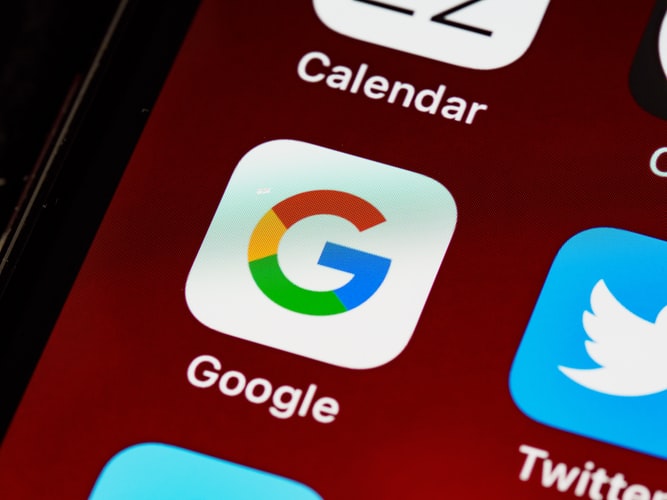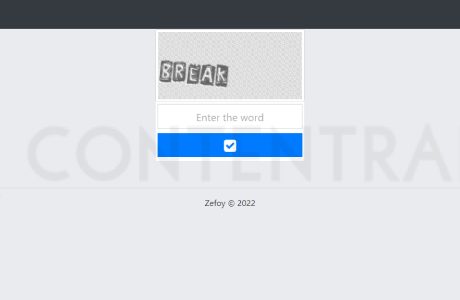Every person learning a new language through a class or instructor is told right from the beginning today not to use Google translator. It’s a powerful tool for a quick understanding of words or phrases written in another language, so many people think it’s also just as good for translating their language into something else.
However, while the power of Google makes their translator fast and comprehensive, it’s also inaccurate.
Unfortunately, instead of putting in the extra effort, a lot of students use Google anyways thinking it’s a viable shortcut. The tool gives them away because it is inherently incorrect from the perspective of a native speaker. And most language teachers tend to be native speakers.
So, cheating gets caught very quickly and exposed, which is unfortunate. Students caught this way end up embarrassed, usually drop the class or try to get out of it, and then never try to learn a new language again. Another potential translator ends up lost to what never came to be.
The Intention of Google Translate:
As an online free tool, Google Translate was basically made available to help people find information. It’s consistent with Google’s general product delivery as a search engine.
Used in that context, Google Translate works just fine. It carries the ability to roughly translate well over dozens of languages between each other and others. And that makes the tool particularly useful when just trying to understand content from a website or a message sent in another language. Even with the limitations of Google Translate, one can at least figure out what the message is basically trying to communicate.
Google Translate also comes with other benefits as well:
- It’s free and has no cost to use. Just like Google’s search engine, Google Translate works just as easy to access. As long as one has Internet access, he or she can get to the tool through Google’s website, similar to other apps provided by the site.
- Google has made sure all of its tools work extremely fast with very strong online support. The only problem anyone will have will be based on their own bandwidth and Internet support. It can handle thousands of queries hitting it at the same time, and the tool can handle as much as is copied into it all day long. A typical translator at best moves about 2,000 words per day, fully translated.
- Google translate is able to adapt and evolve over time because it utilizes a statistical tool that lets the tool’s reference database grow with use and translations. This programmed approach creates matches between words between different languages which it then references again and again with future searches.
The Downsides of Google Translate:
The first big problem with the online translating tools is that meaning and the relationship to context are lost with Google’s software. It doesn’t know how to automatically sense, understand and build in context. As a result, anything that is even remotely structured or otherwise complex ends up looking like gibberish.
The general message will be understood most of the time, but it won’t be anything close to being accurate. This kind of sloppy translating doesn’t happen with professional translators who are worth their salt.
Google’s ability to translate is only as good as its database reference pairing words together. So, word for word, if the database has it, will match up. However, that still doesn’t help when one is trying to translate entire phrases or paragraphs correctly. The more common languages in the West tend to be stronger and better in terms of reference. Languages that are far more distant or less used will be harder or may even be non-existent in Google Translate.
Google has a poor record when it comes to grammatical accuracy. Again, this comes from the fact that Google’s reference is only at the world level, not the phrase or sentence. As a result, it will frequently produce conversions that have serious sequence and grammar problems easily visible to the native speaker.
Worse, Google doesn’t have anything built-in that can fix translation errors, even when identified. There’s no button one clicks on to tell Google the translation is wrong and how it should be fixed. Without that feedback loop, the Translate tool can’t improve on its own.
How Google Translate Should be Used:
For the average person, Google Translate works very well just to get a basic idea of what someone or a website might be saying in another language. It provides a user a quick understanding.
However, there is no place for Google Translate in the professional translating world. It fails even a basic translation passing level. On the road or traveling, Google Translate mobile can be handy as well just to figure out a quick phrase in a pinch. But for essay and document work, it should be avoided. For these types of translations, your best option will still be to hire a professional translation agency.
Read Also:

























